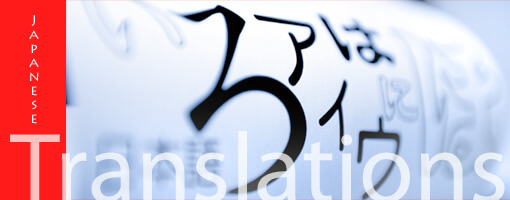The relationship between language, translation, and culture is a key feature of communication.
The relationship between language and culture
Language and culture are certainly linked. What is most noticeable about the relationship between language and culture is the unique vocabulary and phraseology that particular culture or sub-culture uses. Often, there is no literal equivalent in other languages for some words in one language. The reason is that the words have developed to suit the needs of expression in one specific culture.
Can you learn a foreign language without learning the culture?
Many people learn another language at some time or another. In most cases, they do so without being familiar with the culture that is associated with those who speak that language as a first language. How much of the relationship between language and culture is appreciated depends on the reasons for learning the language. A person who is interested in becoming fluent in another language because they want to travel, live, work or study in a country where that language is spoken will find that they will soon be confronted with a culture-specific language with which they will want to familiarise themselves with to effectively communicate.
Language and culture in translation
Translators who deal with the translation of marketing material, app translation, video and film dubbing, and literature will need to develop a keen interest in the culture of the people for whom the translated text is targeted at. They may be asked to ‘localize’ the translated material, i.e. make it attuned to cultural nuances. The translation of technical, medical, or scientific material will be less affected by any cultural differences.
Cultural considerations when translating content
Culture exposes how certain groups of people behave in relation to their beliefs social habits, customs, and traditions. Language plays a key in defining culture. Language is a complex communication system that humans adapt depending on their cultural backgrounds. Translating is a converting process that helps people who speak other languages to understand one another. It helps to connect cultures and eradicate the cultural differences that may be present.
The translation is important to both language and culture because it enables better communication between two people. The relationship that exists between translation and culture helps to bridge the voids that are created by different languages. The interdependency that exists within the human race such as the need to trade, has given a high status to translations.
What a good translation does and how does it have an effect on cultural exchanges
Good translations offer readers the same feelings about a specific text when it has been translated into their own native languages as the person feels about the text content when in its native language. Translation helps to communicate ideas and beliefs in the right way so that people who come from different cultural and literary backgrounds get the same feeling about the text.
Translating for international audiences
Translation began so that no communication gap existed between different Nation-states so cultural exchanges and trade may occur. As Eugene Nida, a renowned American translation researcher said, translation reproduces one language so that it closely resembles the source language, in terms of style and meaning. The translation should assist a reader to connect with the text and gain a thorough understanding of his or her own language.
Translations are highly influenced by cultural dissimilarities so the translation accuracy of a translated text is proportional to the translator’s knowledge of the other culture. Therefore a translation doesn’t just test the linguistic ability of the translator but also the amount he or she knows of the targeted language’s cultural background. The more the translator knows the more useful the translation is to international audiences.
Cultural translation
The knowledge the translator has of another culture makes it much simpler to translate as well as helps to ensure the translation is accurate. A translation’s aim is to gain semantic equivalence which can only take place if the translator has good knowledge and understanding of both the source and targeted languages’ cultural backgrounds.
What is a cultural universal?
A culture universal helps us to enhance communication and is not possible to achieve without translations. The exchanging of ideas, intercultural- growth, and trade is a result of the concept of a cultural universal which makes up most of our material and spiritual lives. Translation and culture have deeply rooted relationships.
Hiring the right translation services
There is an undeniable fact that both translation and culture do have a deep bond. However, only good translations can be performed by human translators who strengthen the bond between cultures by performing translations that are not only accurate but include the cultural differences that exist between different language speakers. The translators expose the targeted audiences to accurate translations that are intertwined with their cultures. Many of the best translators work for reputable translation companies.




















